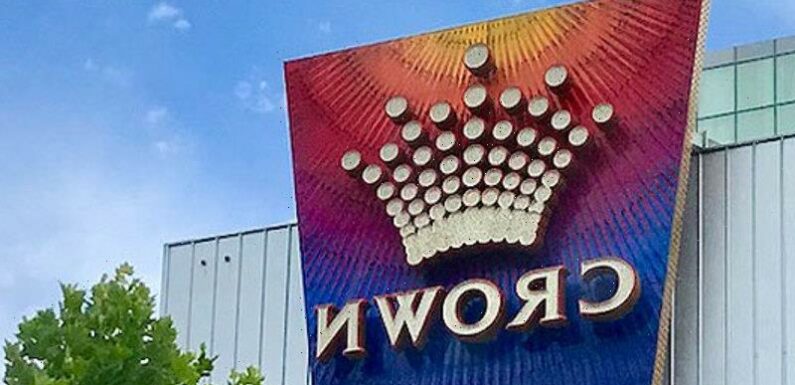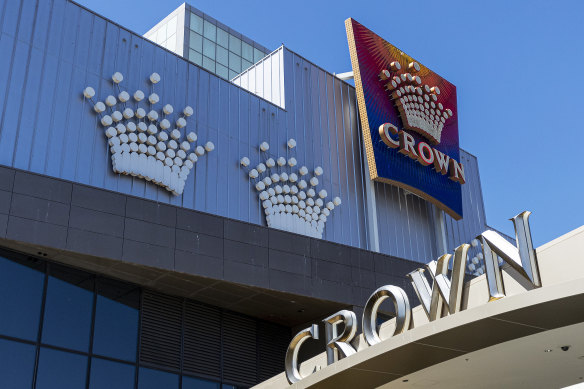
There are various ways to measure success in journalism. The one that really matters to enable us to keep doing our job is whether our reporting is interesting enough, valuable enough and of sufficient quality every day to prompt people to part with their money to subscribe to us and then stay with us.
It hasn’t always been that way. Under the old business model, journalists were memorably described by Fred Hilmer, a former chief executive of our precursor company, Fairfax Media, as “content providers for an advertising platform”. And I won’t forget the scenes outside the old Spencer Street printing presses on Friday nights when the first editions of The Age were rolling out the door and people eager for an early glimpse of the (enormous) Saturday newspaper would line up to buy a copy. It was disheartening, then, to see that the first thing many of them threw in the waiting bins were the sections containing the journalism we had spent the week sweating over. It was an early look at the classifieds people were really after.
Nick McKenzie’s exclusive revelations about Crown and The Star casinos are a compelling example of journalism that has real impact.Credit:Getty
Those days are gone. Advertising is still one of the key commercial legs on which our journalism stands, but the classifieds have largely disappeared, and subscriptions are increasingly crucial. As a result, we know much better what people actually want to read – and by and large that is breaking news and sport and high quality, exclusive news and analysis, as well as a mix of culture, lifestyle and features to round out their reading. I find that encouraging: striving to produce those things because people actually want them is a much better feeling than watching the old Spencer Street scramble.
But there are other measures of success. One of them, as investigative reporter Nick McKenzie keeps telling me, is impact. And he should know. His exclusive revelations about Australia’s two casino giants, Crown Resorts and The Star, have continued to reverberate through Australia’s political, social and commercial fabric. They’re not his only high-impact stories. Nick, along with another one of our star journalists, Adele Ferguson, has the highest strike rate of stories that have forced change in public policy of any reporter in Australia. Journalists asking the right questions and following the evidence can prompt serious inquiries by regulators, governments, even royal commissions, and effect real, beneficial change.
Watch out in coming weeks: McKenzie and Ferguson both have big ones in the pipeline, and they will be unmissable.
Another measure of success is harder to quantify: it’s the daily task of holding power to account. To that end, as we come into the state election campaign, we have begun an ambitious project to ask politicians the questions Victorian voters have told us they want answers to. Gay Alcorn has written about this previously, and you can read more about what we are doing in Victoria’s Agenda here and here. You’ll also find a full, ever-expanding collection of stories here.
We’re busy examining the problems and issues you have highlighted and as the campaign progresses, we are also determined to pull the politicians’ attention to those concerns, to try to get them to answer the questions. And if they won’t answer, we’ll highlight to readers that they’ve chosen to avoid their concerns. At the end, we hope Age readers will be better informed as they cast their votes.
As I write, the big story for The Age is the floods in Victoria. And just as we did with our COVID blog, we made the decision this morning to make our flood blog freely accessible to all readers for the duration of the crisis. We have people out in the field producing crucial information. It seemed the right thing to do to give as many people as possible access to it.
The reason I’m thinking about measures of success is because the list of Walkley Award nominations came out yesterday. Crowing about awards can seem a little self-indulgent. And there are always arguments about whether they got it right, who missed out, what absolute travesties have been enacted. I’ve always been a bit of an awards night tragic. I love the video packages of the year in news that one or other of the TV stations pulls together – I get emotional about the joys and sorrows we’ve shared and am always surprised to see how seriously long a year in journalism is. With the war in Ukraine, this year’s package will be unusually powerful, I suspect.
Mostly they are a way of seeing the very best of the Australian journalism produced during the year, from all media outlets. I find this catalogue of excellence heartening, and encouraging. We in the mainstream media get a lot of stick about our perceived failings – not all of it unreasonable – but at our best, we do crucial work that drives positive change.
The Age and our sister publication, The Sydney Morning Herald, did exceptionally well this year. Of course McKenzie – my friend and colleague and an award-winning machine – has received a number of nominations, including for his joint work with 60 Minutes. Our younger journalists have also been nominated for their exceptional work. Our redoubtable health team was recognised, with Melissa Cunningham nominated for “The Melbourne ICU where the unvaccinated die in disbelief”, and Aisha Dow, together with McKenzie and Joel Tozer, for “Triple-zero crisis”. Sarah Danckert was nominated in the Business category for her intriguing “Secrets at Stake.com”.
Data journalist Craig Butt and our highly talented design team are in the running for a Walkley for their excellent “Concussion in sport”. And our head of visual stories Mark Stehle and his team are nominated for their work on “A 6000km journey through the war piercing Ukraine’s soul”. That journey also yielded nominations for journalist Anthony Galloway and my good friend, photographer Kate Geraghty.
Cartoonist Matt Golding’s Voice to parliament illustration, which brilliantly encapsulated the hard work being done to try to achieve this elusive policy, was nominated, as was photographer Chris Hopkins for his coverage of Melbourne’s lockdown protests. Chris is also a nominee in the Nikon-Walkley Press Photographer of the Year. Not to be outdone, Justin McManus has won the Nikon Portrait Prize for his frame, Johnny and his Dogs.
These achievements are worth reflecting on, I think, and I am so proud of all the work our journalists, editors, artists, photographers and cartoonists produce. But now I must go. The news is moving and the floodwaters in Victoria are still on the rise.
Michael Bachelard sends a newsletter to subscribers each week. Sign up to receive his Note from the Editor.
Most Viewed in National
From our partners
Source: Read Full Article
